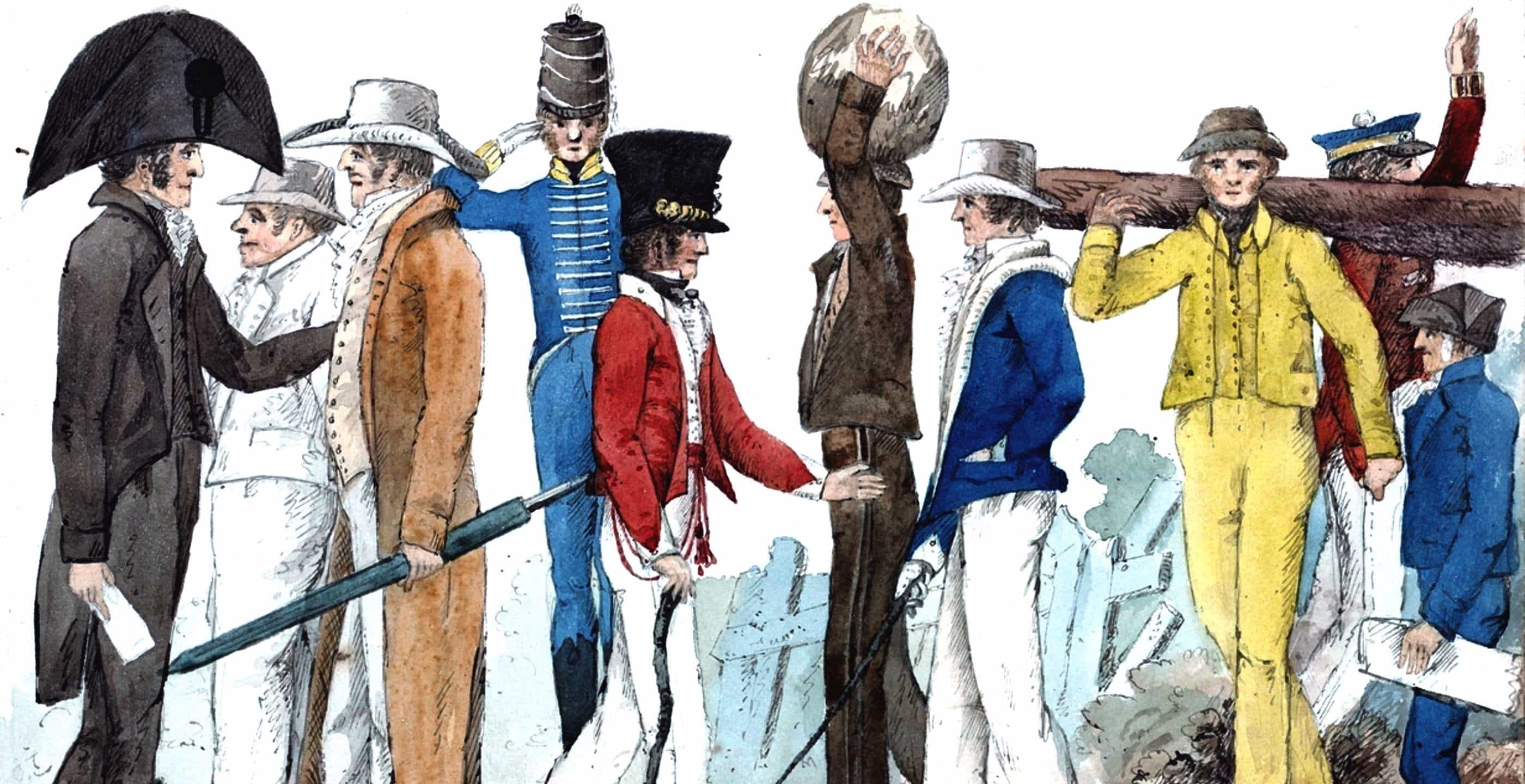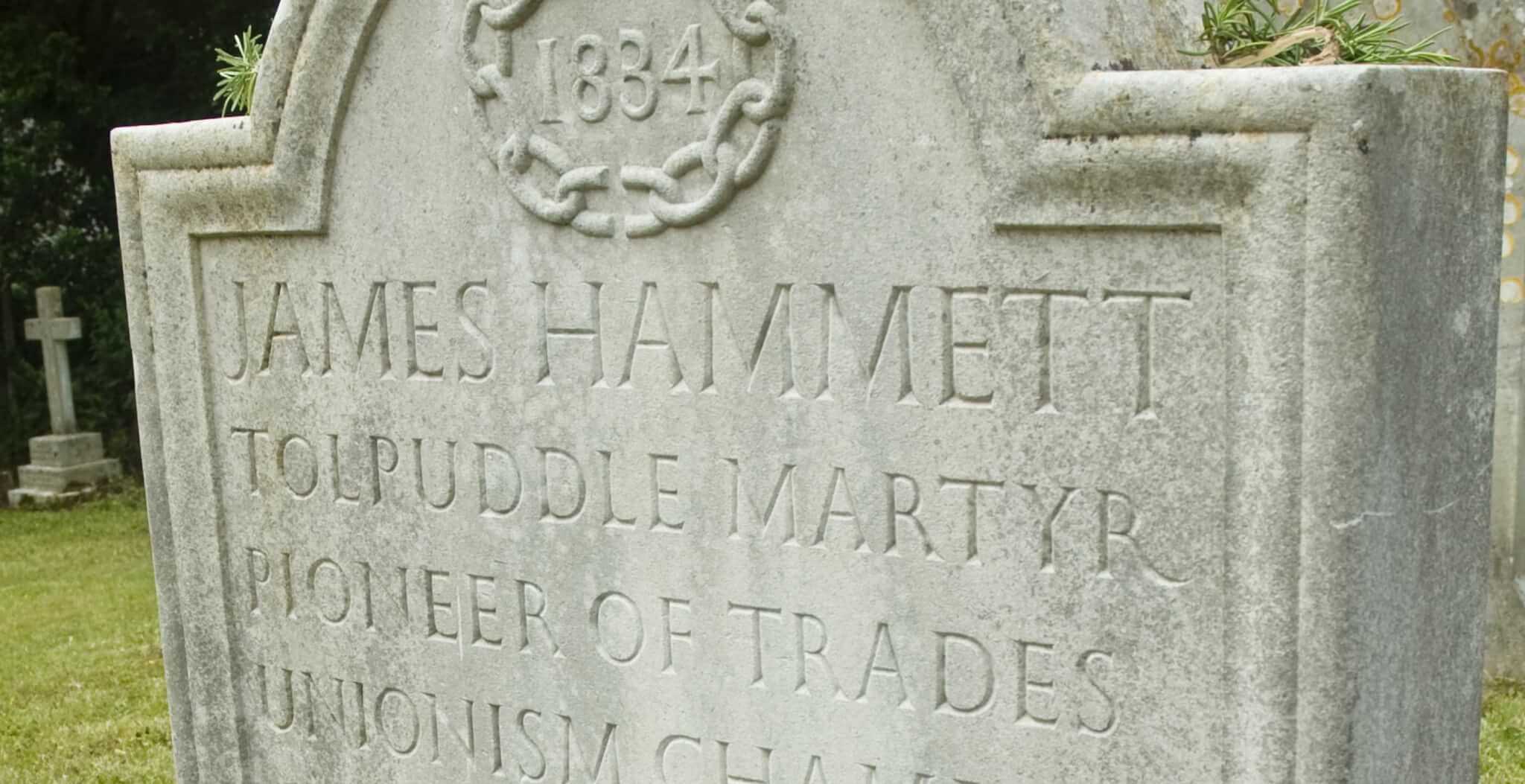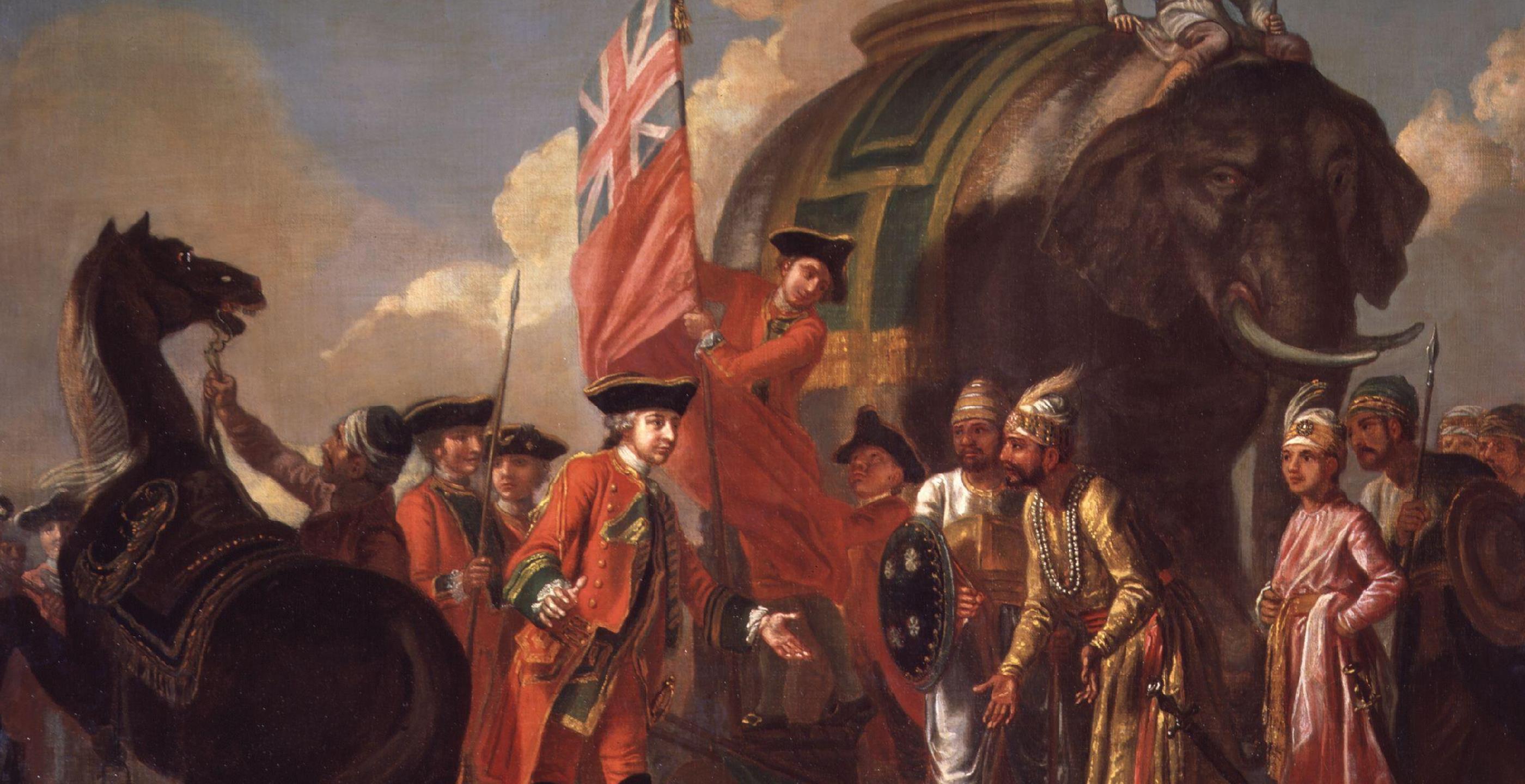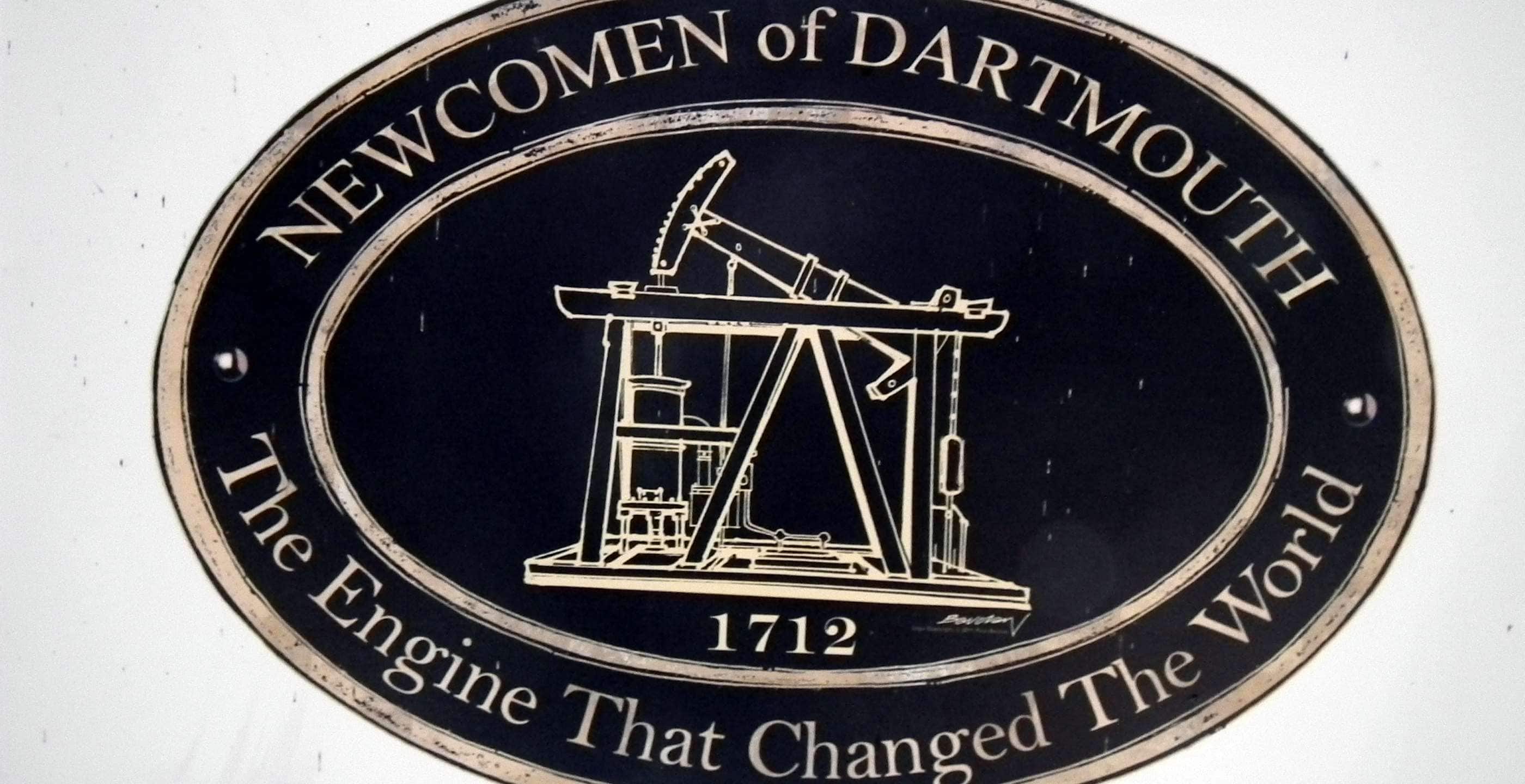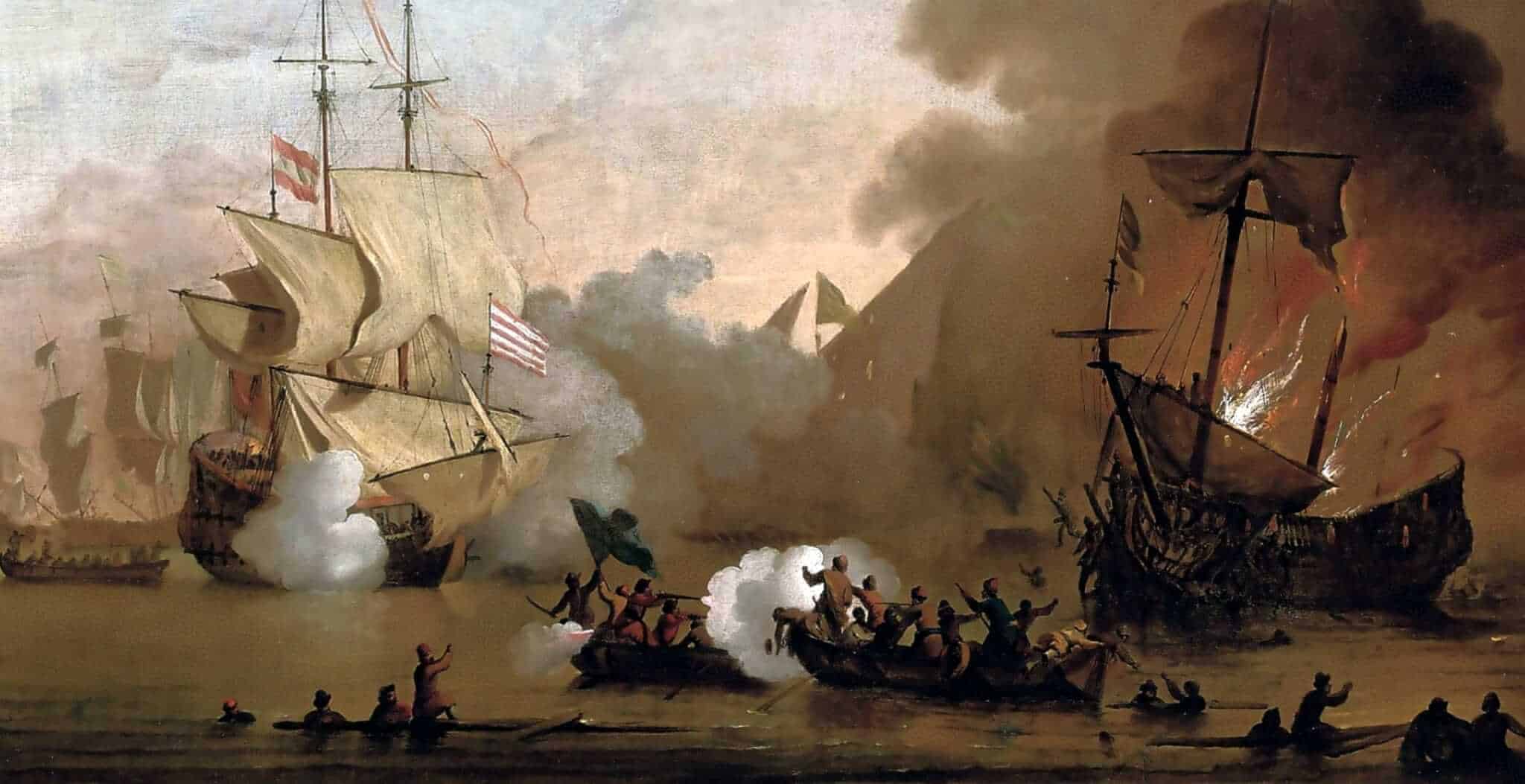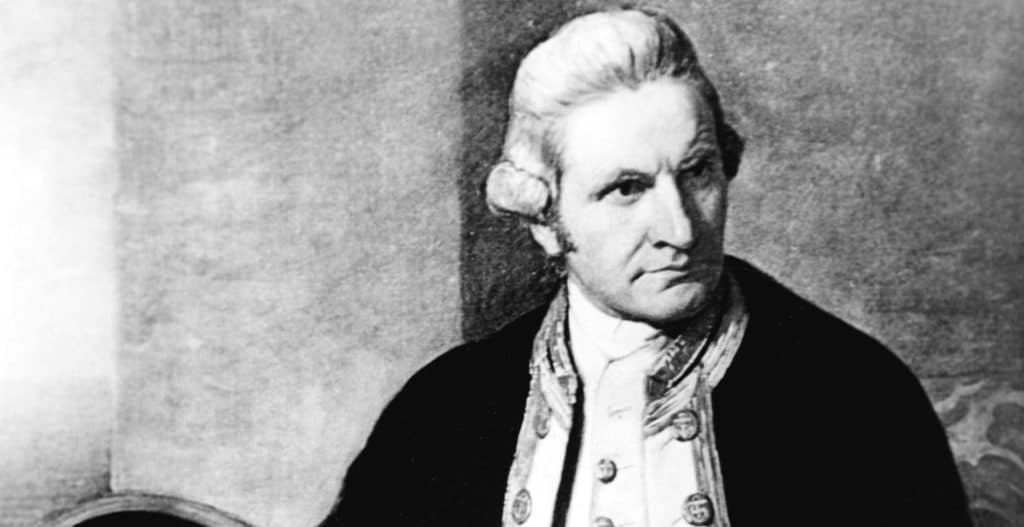26th January is the official national day of Australia and marks the arrival of the First Fleet of British ships and the raising of the Union flag at Sydney Cove. Australia continues to recognise the story of its modern founding to this day.
The First Fleet as it became known, was formed of 11 ships that left from Portsmouth in southern England on 13th May 1787. This was an historic voyage across oceans to the other side of the world in order to establish the first European settlement, and penal colony, in Australia.
The Fleet used two Royal Navy vessels as well as six ships to transport around 1,000 convicts as well as seamen, officers and free people. The journey was arduous, first sailing south towards South America before turning eastwards at Cape Town and voyaging through the Great Southern Ocean to make its arrival at Botany Bay.
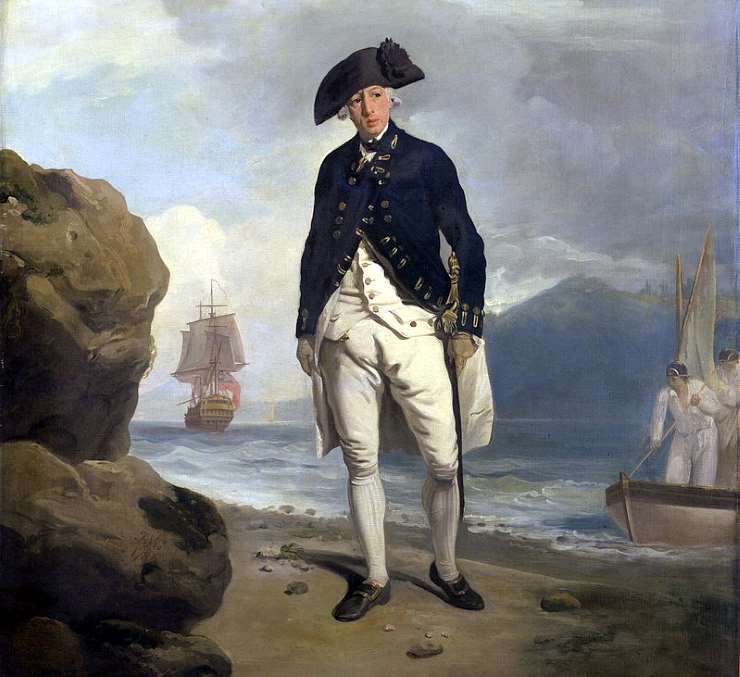
The leader of this great expedition was Commodore Arthur Phillip who had the power to make land grants in the colony and create legislation. The arrival of the ships at Botany Bay on 21st January 1788 was met initially with relief at finally having reached their destination. Unfortunately, it was soon realised that the bay was not as favourable as they had hoped. The previous accounts by the navigator Captain James Cook had somewhat misled the crew into believing this would be a suitable location.
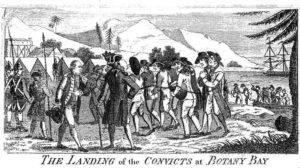
Botany Bay was in fact too shallow to allow the fleet to anchor by the shore and it was quickly discovered that strategically the bay was unprotected and open to attack. To make matters worse, a lack of fresh water and poor soil quality added to the lack of potential in the area. Attempts to cut trees and set up primitive living accommodation were futile, as the tools they had brought with them failed to bring down the large trees in the area.
It quickly became clear that Phillip needed to move his colony onwards to a more suitable location. A party of men which included Phillip left Botany Bay and travelled in three smaller vessels in order to explore the coastline further north. It was on this investigative trail that the men discovered Port Jackson which immediately appeared to have better conditions. Good, fertile soil for growing crops, access to fresh water and easier anchorage of the boats made this the chosen spot for a new life and new era of discovery.
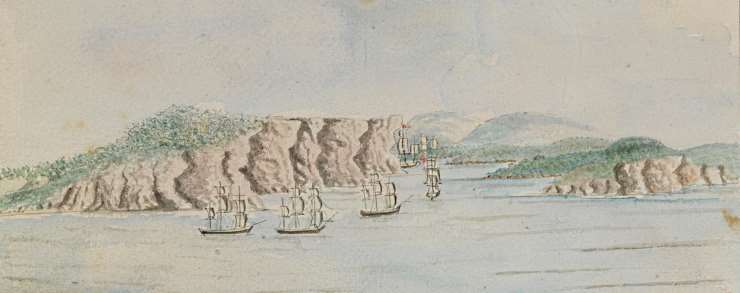
Some years earlier Captain James Cook had recorded a sighting of the harbour but had not investigated it. Phillip however instantly honed in on the potential of the bay, describing it in a letter as “the finest harbour in the world”. He and his men would return to Botany Bay to tell the others of their good news.
By 26th January the Fleet had left its original position and sailed to Port Jackson. As soon as they arrived, Phillip named the area Sydney Cove in honour of Lord Sydney who was the British Home Secretary. This was a momentous day marking the beginning of the British settlement; few however could have realised that this day would be celebrated annually centuries later.
With the British flag firmly in position, the formal proceedings could begin. As for the convicts, unsure as to their fate, they could only watch on from the ship, awaiting their punishment and subsequent hardship with trepidation.
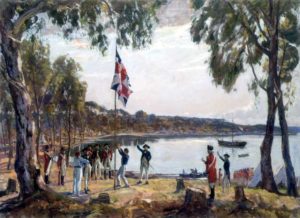
The question of what to do with Britain’s criminals arose largely in the period of the Industrial Revolution which witnessed a surge in petty crime. The reason for this increase was largely due to economic hardship and unemployment caused by the advent of machinery which replaced the work of men and women. Rural to urban migration was on the rise and cities grew rapidly; for those without work, stealing became a means of survival.
Very quickly this problem escalated. Prisons began filling up with people and the old prison ships, known as hulks, were unable to accommodate the overflow. Transportation was therefore introduced to solve this problem, with around 60,000 criminals being taken to British colonies in North America.
This all came to an end when the American War of Independence concluded British rule in North America and subsequently the Americans, no longer under British control, decided to refuse any further convict transportations. This created a crisis back across the Atlantic until it was decided that Australia would be the most suitable destination for the next penal colonies. On 6th December 1785 the Orders in Council were given; the colony was to be established, instructions were given and transportation to Australia commenced.
These colonies of convicts included men, women, minority groups and also some political prisoners. More serious crimes including rape and murder were made a transportable offence in 1830 but were also punishable by death and thus fewer of these criminals were transported.
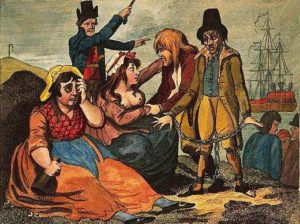 Black-eyed Sue and Sweet Poll of Plymouth saying goodbye to their lovers who are about to be transported to Botany Bay, 1792
Black-eyed Sue and Sweet Poll of Plymouth saying goodbye to their lovers who are about to be transported to Botany Bay, 1792
Those who were taken to Australia had committed a range of different crimes including theft, assault, robbery and fraud. As part of their punishment they were sentenced to penal transportation for seven years, fourteen years or even life, despite the crimes that they had committed being generally low-grade.
The prisoners were transported on ships in appalling conditions; many of them would not survive the journey. During the period of transportation, nearly 2000 convicts died during the journey, usually from illnesses such as cholera due to the cramped and unhygienic conditions, where space was so limited that inmates were not even able to stand up. The high mortality rate was made worse by a lack of sufficient supplies, leading to widespread hunger and starvation.
The plan was to settle in Australia and begin creating large areas of agricultural production. In theory this was a perfectly good aim, but skill shortages combined with a lack of livestock hindered first attempts.
The arrival of the Second Fleet did not improve the situation. Convicts arrived in poor health, unable to work and in 1790 only added more pressure to the new colony at Port Jackson. Those that could work were expected to get up as soon as dawn broke and work at least a ten hour day.
All convicts were to suffer the punishment of hard labour which consisted of any type of work that was deemed necessary for the settlement. This would include brick making and timber cutting, all of which would be carried out in sweltering conditions with little food to sustain them. The only reward promised was tobacco, awarded for a job well done.
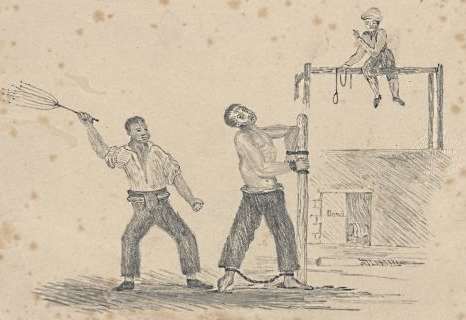
The treatment of the transported convicts was poor and the use of excessive punishment was rife throughout the penal system. Lashings were commonplace and for those prisoners who did not behave accordingly, they were taken elsewhere to suffer a secondary punishment. This could involve being taken to areas such as Tasmania and Norfolk Island where additional punishment was carried out and long periods of solitary confinement enforced.
There were some who objected to such excessive use of force and violence against prisoners. These included the ninth Governor of the New South Wales colony, Lieutenant-General Sir Richard Bourke. He was not happy with the use of force and passed the ‘Magistrates Act’ in order to limit the imposition of more than fifty lashes. His actions would make him a controversial and isolated figure. Others would oppose the transportation of more criminals to the colonies, but were mainly motivated by fears that their own reputations would suffer with any association with criminal behaviour.
The transportation penal system reached its peak in the 1830’s after which the numbers dwindled and the last convict ship to arrive in Western Australia was on 10th January 1868. Other settlements such as Victoria and South Australia were established and would remain free colonies. The penal system was coming to an end after much protest and a changing approach and attitude to crime and punishment.
Those that suffered the unfortunate fate of being taken as labourers were to be emancipated and would eventually join their fellow Australians as free settlers. That was not to say that their hardship had come to an end; for years to come they would have to carry the label of a criminal and the social stigma would have lasting effects on the individuals.
The transportation of people to penal colonies to Australia contributed to thousands of lives suffering great hardship as a punishment for minor crimes committed in the UK.
Jessica Brain is a freelance writer specialising in history. Based in Kent and a lover of all things historical.
